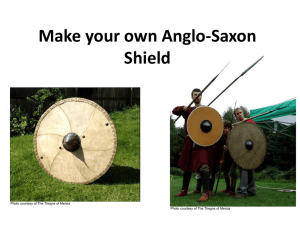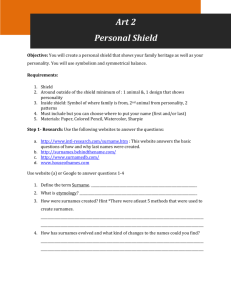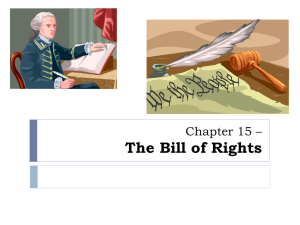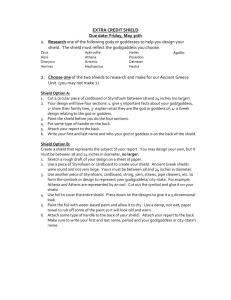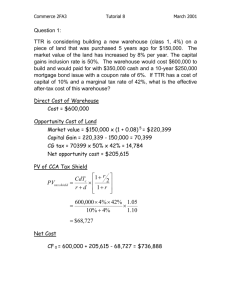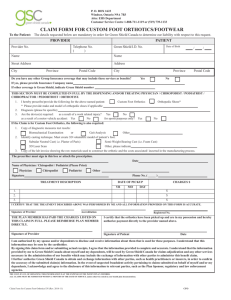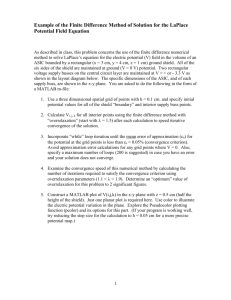Mod 2.5 - Problem Solving Skills
advertisement
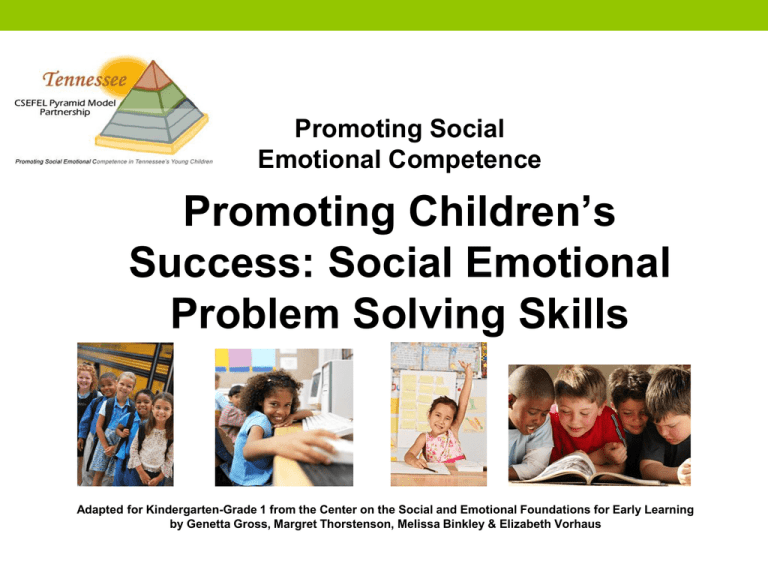
Promoting Social Emotional Competence Promoting Children’s Success: Social Emotional Problem Solving Skills Adapted for Kindergarten-Grade 1 from the Center on the Social and Emotional Foundations for Early Learning by Genetta Gross, Margret Thorstenson, Melissa Binkley & Elizabeth Vorhaus 2 3 Learning to Problem Solve • Problem solving is a difficult task (even for adults!). • Research has demonstrated that young children are cognitively capable to learn problem solving. • Problem solving can be taught step-by-step. Problem Solving Steps Step 2 Would it be safe? Would it be fair? How would everyone feel? 5 Identify the Problem • Teach children to pay attention to their feelings as the first step in problem solving. • Identifying a negative emotion is a cue that there is a problem. • After the problem has been identified, children describe the problem. • Problems should be reframed into “I statements” 6 Generate Solutions • Children need to learn how to generate multiple solutions to problems. • Sample solutions could be: • Get a teacher; Ask nicely; Ignore; Play; Say, “Please stop”; Say, “Please”; Share; Trade; Wait and take turns • The key is teaching children to generate as many solutions as possible, rather than just one “correct” solution. 7 The Solution Kit • Get a teacher • Ask nicely • Ignore • Play • Say, “Please stop.” • Say, “Please.” • Share • Trade toys/item • Wait and take turns 8 Consequences • Once children have learned the problem solving steps and begin to generate solutions, the next phase is learning that solutions have consequences. • When learning to evaluate solutions starts with the child asking: • Is it safe? • Is it fair? • How would everyone feel? 9 Try It Out! • Once a solution has been selected, children should try it. • Not every solution will work. • Children can try other solutions they have generated • They may need to return to Step 2 and generate more solutions Handout 7 & 8 Problem-Solving Activities • Problematize everything • “We have 6 kids at the snack table and only one apple. We have a problem. Does anyone have a solution?” • Play “What would you do if…?” • Children make their own “solution kits” • Children offer solutions to problems that occur in children’s stories Dealing with Common Peer Problems • Teaching alternative responses to being teased, bullied, or yelled at • Teaching children to speak up when something is bothering them, “please stop” • Teaching children to be good ignorers (using a teasing shield) • Teaching aggressors skills to initiate play and to feel sorry Teasing Shield Purpose: • To teach children how to ignore inappropriate behavior • To teach children how to initiate play appropriately Materials: • Puppet for pre-teaching use of teasing shield • Shield printed on card stock with a handle taped to back • Various art supplies to decorate front Stages of Learning • Using a puppet, demonstrate how the shield works: When someone is saying something mean to you, you can put up your shield and ignore them. Demonstrate how to initiate play and feel sorry • Introduce art activity, decorating shields with names, markers, stickers, glitter, etc • Practice using shield in context of classroom, with shield and without shield • Reinforce use of shield skills in natural contexts. This includes noticing and labeling as well as supporting children in using this technique successfully 14 Activity: Problem Solving Lesson Plan • With your co-teachers, discuss how you will introduce problem solving skills to your classroom. • Think about: • How will you define problem solving? • How will you demonstrate problem solving? • How will you help your students practice the problem solving steps and solutions? • Use the Action Plan to develop next steps. 15 Questions?


